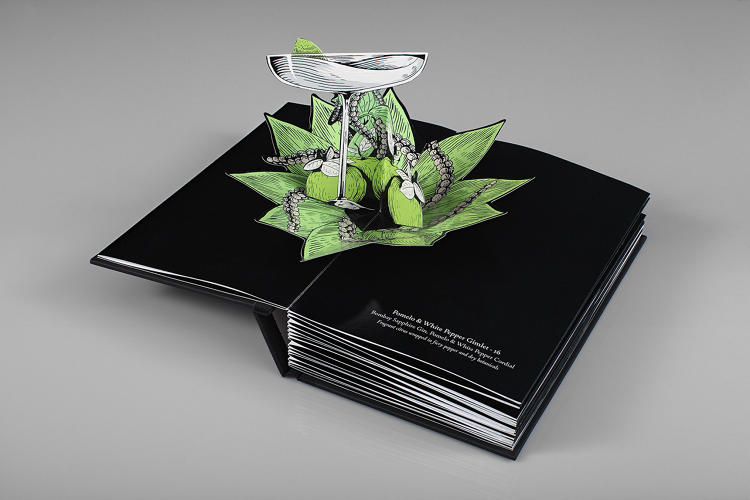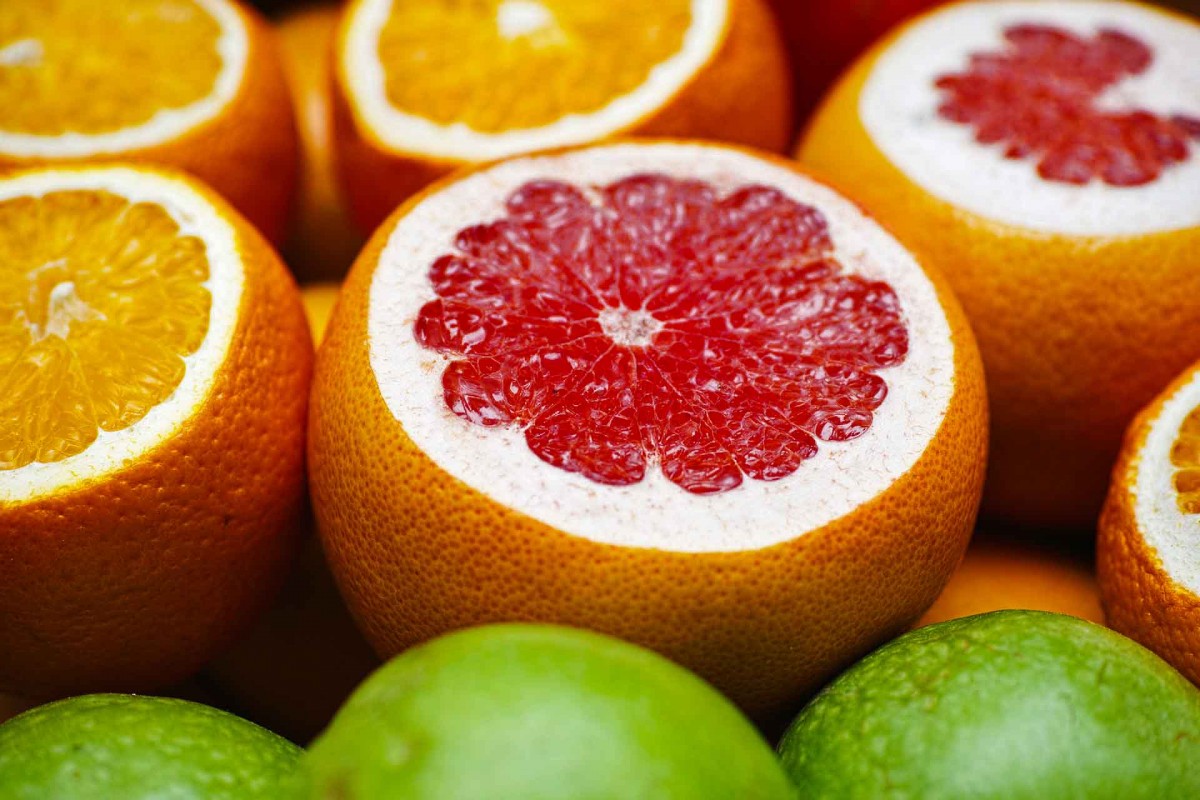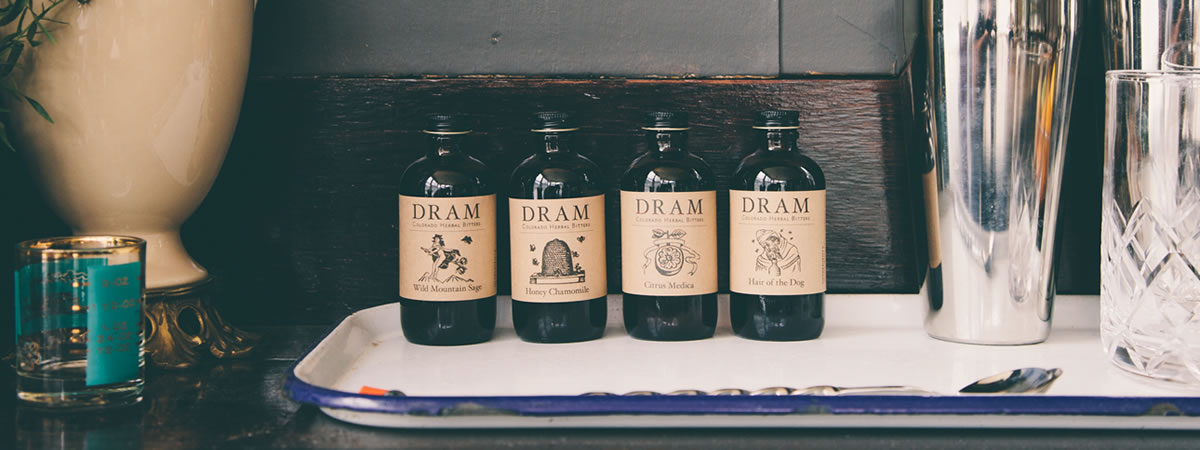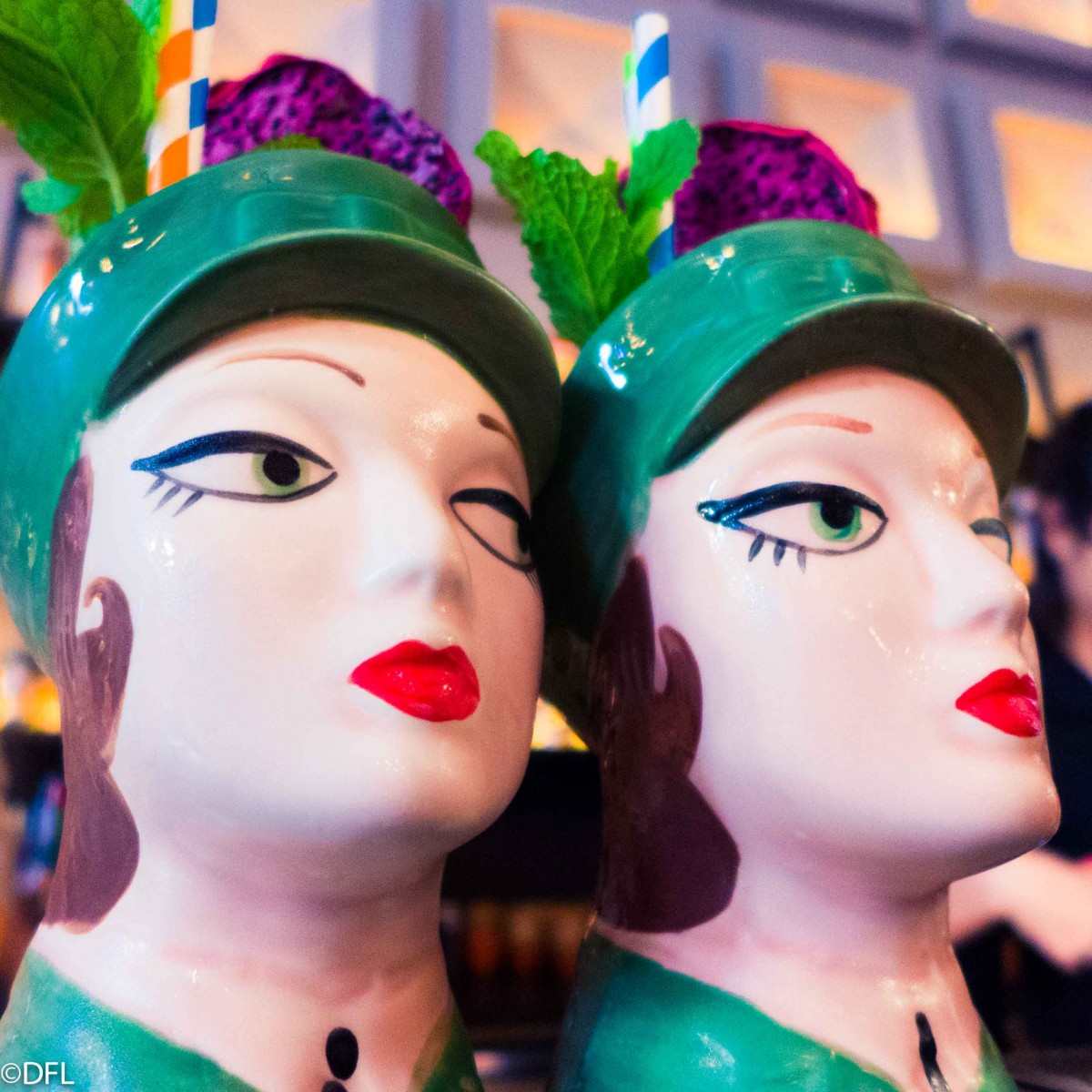
#356
HOW TO DECODE A COCKTAIL MENU LIKE A CHAMPION
18 May 2017 By David Fuhrmann-Lim
Confused by all the words on that menu? A bartender has some advice on how to decode them and figure out what you want to order. Garçon!
By Marian Bull, GQ
Cocktail lists, in their lengthiness and number of unknown words, have nearly surpassed wine lists in their potential to confuse thirsty patrons. If you’re at a fancy-pants cocktail bar, you’re likely to find yourself staring down a long list of drinks with obscure ingredients, and you might be reading it by candlelight in a dark room full of people who totally know what velvet falernum is—it’s a tricky, and potentially intimidating, situation.
Luckily, there are some clues you can look for in each string of words that will help you figure out what sort of drink you’re signing yourself up for. To help you decode even the most highfalutin cocktail menu, I talked to well-seasoned New York bartender Tristan Willey about how to decipher a cocktail’s ingredient list and figure out what you want.
First things first: Think about your glass.
More and more bars—like Brooklyn’s newly opened Diamond Reef—have begun organizing their menu by glass type. Usually that means a section for Collins glasses (tall, skinny, and filled with ice); one for rocks glasses; and one for things served up, a.k.a. in coupes or martini glasses. “Your first decision in the bar is what kind of glass you want to drink out of,” Willey says. It will both help you narrow down the menu and give you a feel for what kind of drink you’re in the mood for.
Don’t worry too much about the base spirit.
Okay, yes, if you had an incident at last year’s holiday party and you can no longer stomach rum, skip it. But “you cannot judge a single thing from what type of spirit is in there,” Willey warns. Cocktails have come too far to be defined by vodka, gin, or whiskey. Pay more attention to the other ingredients.
Consider the juice.
 If a cocktail has fruit juice in it, it’s probably going to be light and refreshing—but you shouldn’t expect a sweet drink, if you’re in a good bar. The most common fruity cocktail families are collinses (citrus, liquor, soda water, over ice); daiquiris (rum and citrus and simple syrup, shaken until nearly frothy and served up); and tiki drinks (think lots of rum, pineapple juice, and insane garnishes).
If a cocktail has fruit juice in it, it’s probably going to be light and refreshing—but you shouldn’t expect a sweet drink, if you’re in a good bar. The most common fruity cocktail families are collinses (citrus, liquor, soda water, over ice); daiquiris (rum and citrus and simple syrup, shaken until nearly frothy and served up); and tiki drinks (think lots of rum, pineapple juice, and insane garnishes).
Understand your bittering agents.
There are two sorts of liqueurs that add a bitter quality to cocktails. The first is what Willey calls the “red Italian bitters”—Campari, Aperol, and their lesser-known competitors. If you see either of these in a drink, know that it’ll have a marked bitterness to it. These Italian bitters also add sweetness (they’re quite syrupy on their own). The clearest example of their effect is the classic Italian negroni, which is equal parts gin, Campari, and sweet vermouth: strong and boozy, sharply bitter, but with a smooth sweetness to round everything out. Aperol is made with a whole bunch of citrus, so it also adds an orange-y flavor to anything it’s in.
Then come amaros, which are far more wide-ranging in flavor and body than their orange brethren. “Amaros add a little bit more well-rounded depth than orange bittering agents,” Willey explains, in part because they’re made with up to 100 different herbs. If an ingredient makes you want to pronounce it loudly in an Italian accent (Ramazzotti! Averna! Montenegro!), it’s probably an amaro.
Okay, but what about bitters?

“Bitters don’t actually create a bitter flavor,” Willey says. “That’s the hard part.” They come in little tincture-like bottles that you’ll usually see lined up on the bar, and unlike Aperol or amaro, they have a much more nuanced effect on a drink. “They are there to add depth to a cocktail—it’s flavor, but it’s not the flavor of the cocktail,” he explains. “It’s closer to a garnish than anything else.” So if you see chocolate bitters in a cocktail, don’t worry about getting a glass of boozy Yoo-Hoo. You’ll barely be able to notice it.
Recognise divisive flavors.
Willey says that the most potentially offensive flavors in a cocktail are usually licorice and smoky things. So if you hate licorice, avoid anything with anise, pastis, absinthe, or aquavit; if you’re not into drinks that remind you of a campfire, avoid mezcal and scotch.
Learn to recognise a tiki drink a mile away.

Tiki drinks are a whole lot of fun and usually include a whole lot of ingredients—most commonly a mix of rums, a mix of fruit juices, and some spices and syrups. This makes your job easier. “All the tiki people are going to kill me when I say this,” Willey warns, “but if you see a tiki drink, it’s going to taste like a tiki drink.” (Also, if you ever see velvet falernum on a menu, that’s a tiki red flag.) Your drink will also most likely be served over ice in a big, fun tiki mug with plenty of garnishes.
Know when you wanna go boozy.
Spirit-forward cocktails (read: drinks that are just different kinds of booze combined) are usually the easiest to suss out and understand. You know the classics already: the Manhattan, the old fashioned, the negroni, the martini. They usually only have three or so ingredients, and come either in a rocks glass or served up. Just remember to sip slowly.
Become pals with fortified wines.
Sherries and vermouths are both very common cocktail ingredients and are extremely wide-ranging in the way they taste (some are bone dry and crisp; others sweet and jammy). But Willey has one good rule for both: “They are either an adjunct in a very boozy drink or the base of a low-alcohol drink.” So if you see a sherry next to a bourbon, saddle up and prepare for something strong. If you see it mixed with vermouth, or something bubbly, or another liqueur, it won’t pack as much of a punch.
When all else fails, ask your bartender.
These tips and rules are useful for when you’re staring down a 30-drink menu, but there are always exceptions, and the best way to know that you’re gonna like what you get is to talk to your bartender. If you’re at a loss, just tell him or her what you’re in the mood for—and what sort of drinks you like—and ask for guidance. To the best bartenders, that’s not an imposition—it’s a challenge.
Read it at GQ
Like this? Here are the 10 most creative cocktail menus
Like this? This bar in Singapore has a cocktail menu that you smell
Save
Save
Save
Save
Save
Save
Save
Save

You might be interested in...
TRAVEL: ADMIRAL HOTEL MANILA - MGALLERY COLLECTION
The Rooftop Bar Offers a Stunning Sunset Over Manila Bay; The Basement Speakeasy is a World of Wicked Spirits — And You'll Enjoy All The Moments In Between.
DRINK HERE: JIGGER & PONY
Their New Cocktail Menu of Revamped Classics is a Smash Hit.
DRINK HERE: WRITERS BAR
Writers Bar at Raffles Hotel is an Oasis of Memories and Memorable Cocktails For The Cultured Drinker.
TRAVEL: ADMIRAL HOTEL MANILA - MGALLERY COLLECTION
DRINK HERE: JIGGER & PONY
DRINK HERE: WRITERS BAR